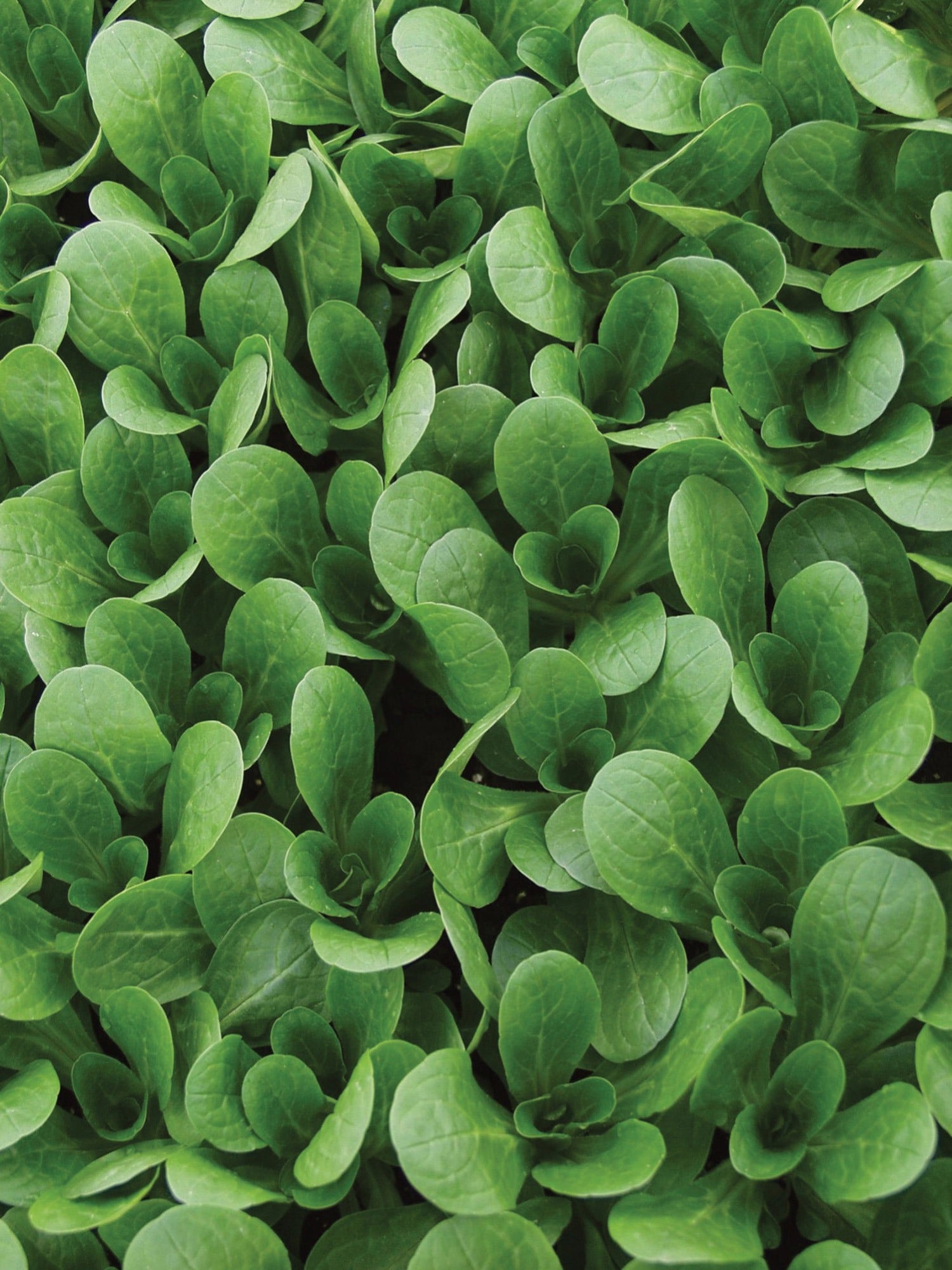7 vegetables to plant in July – for delicious winter harvests
Here are some of the best crops to sow this month to provide harvests for later in the year
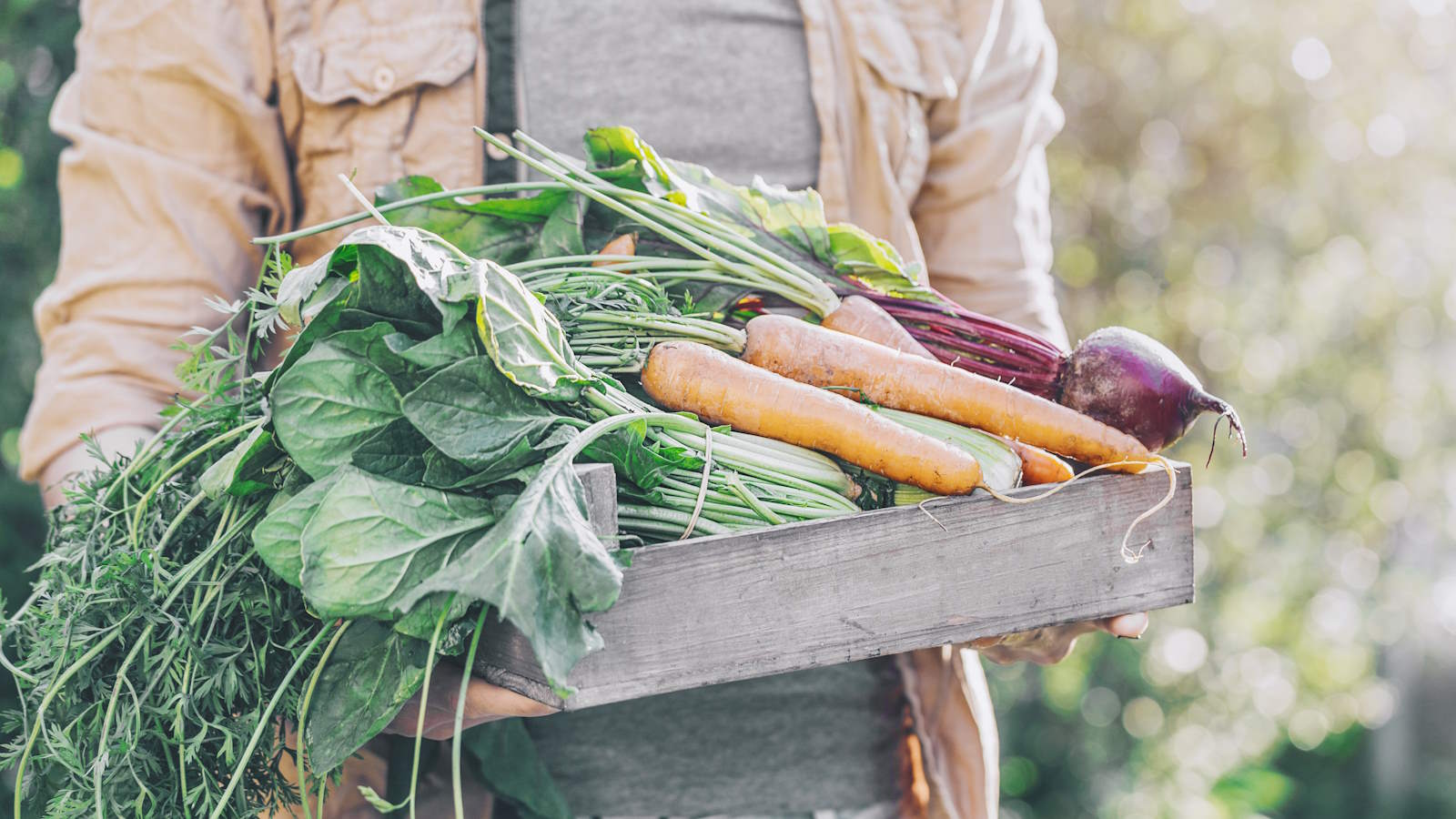

Growing vegetables should be a year-round joyous experience. True, the rich bounty of summer vegetables cannot be beaten, but even in the warmer months you can plan for tasty homegrown crops to enjoy in winter.
It is easily achievable to harvest your own vegetables 12 months a year. Having a greenhouse to plant vegetables in for winter is advantageous, but not all crops that can provide a harvest in the colder months need to be grown indoors.
I grew and harvested vegetables year-round for chefs, and there were always crops in the ground to be picked, including during those leaner cold months. With a bit of forward planning, there are crops to plant in July that can nourish you through winter and spring.
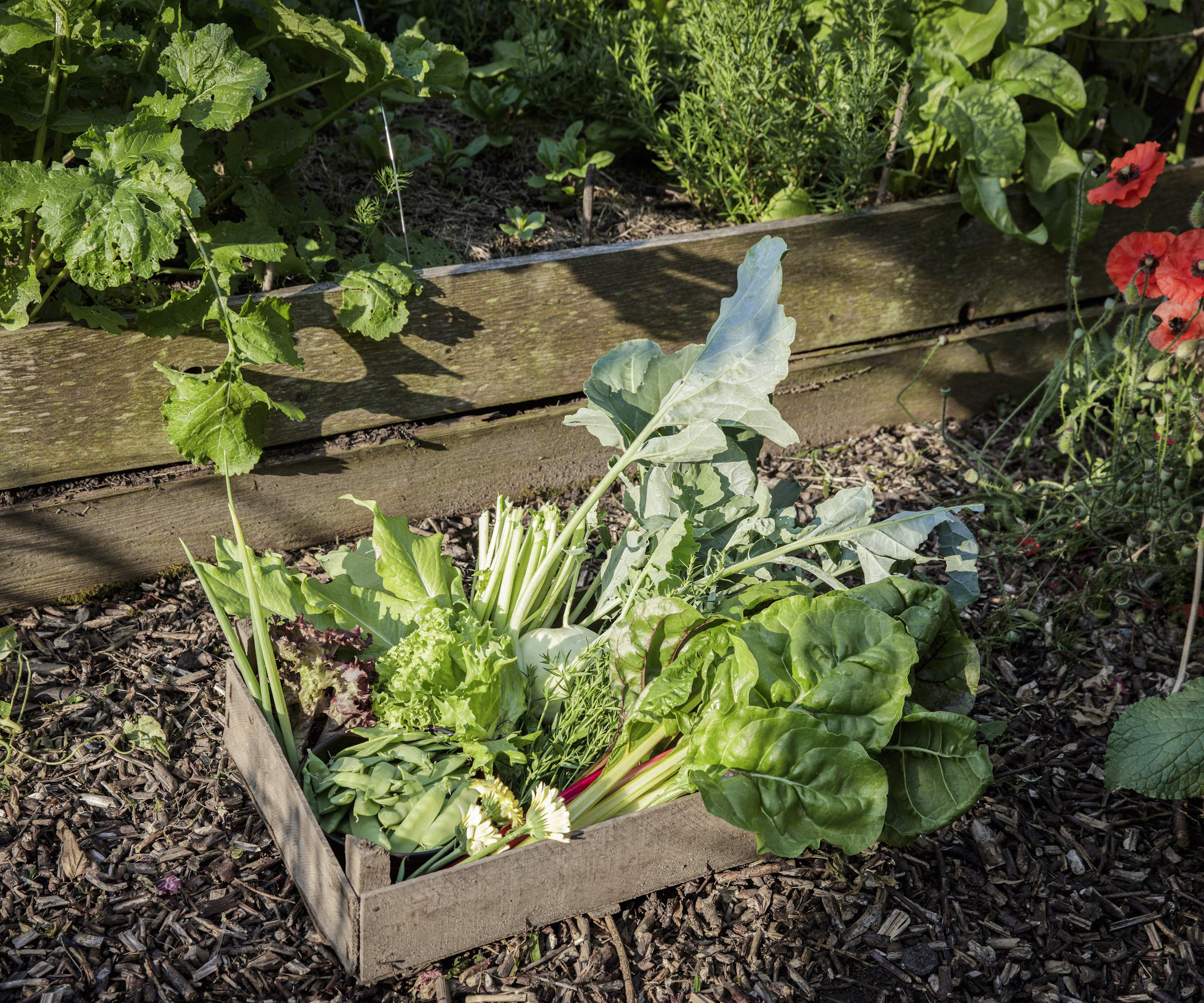
Which vegetables are best to plant in July?
Lots of vegetables can be planted in July. Many of these are quick-growing crops that can be sown for harvests later in summer or through fall, including lettuce, beans, carrots, summer radish, fennel, and chicory.
However, we are focusing on vegetables you can plant this month to enjoy during the colder months. So here are 7 fantastic options to consider:
1. Cabbages
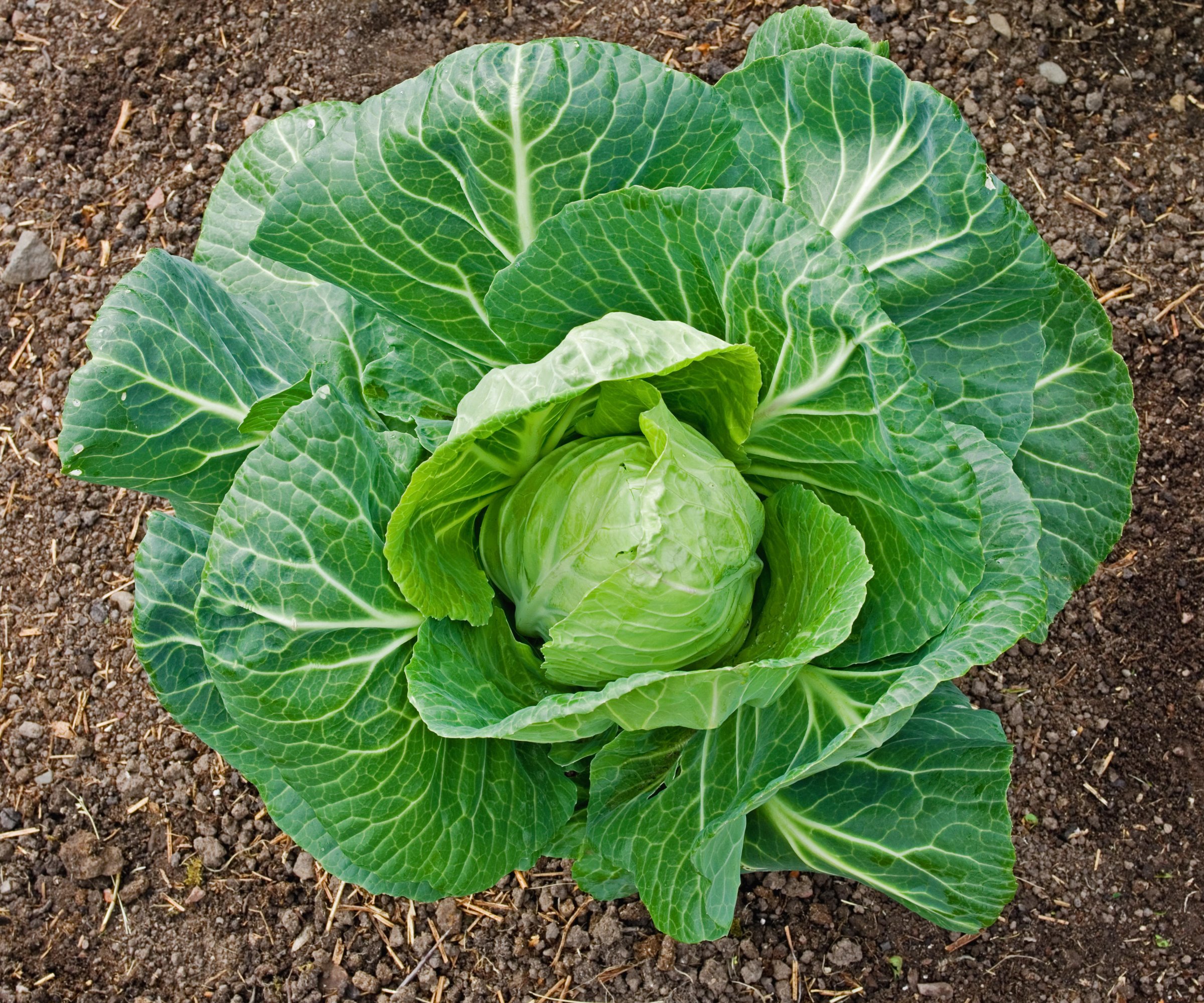
Different types of cabbages are grouped by when they are harvested. If you want to plant cabbages in July, two options are available.
Firstly, you can purchase transplants to plant winter cabbages. These hardy varieties of cabbage tend to have compact ball-shaped heads and planting in July gives a harvest of winter cabbages from November onwards.
The alternative is to sow spring cabbages, to be harvested from late winter onwards next year. Spring cabbages are looser-leaved than winter types and can take six months from sowing to harvesting.
Sow seeds indoors in July in trays of seed compost and plant outside in the vegetable garden around a month later at a spacing of around 18 inches.
See the range of cabbage seeds available at Burpee
2. Winter salads
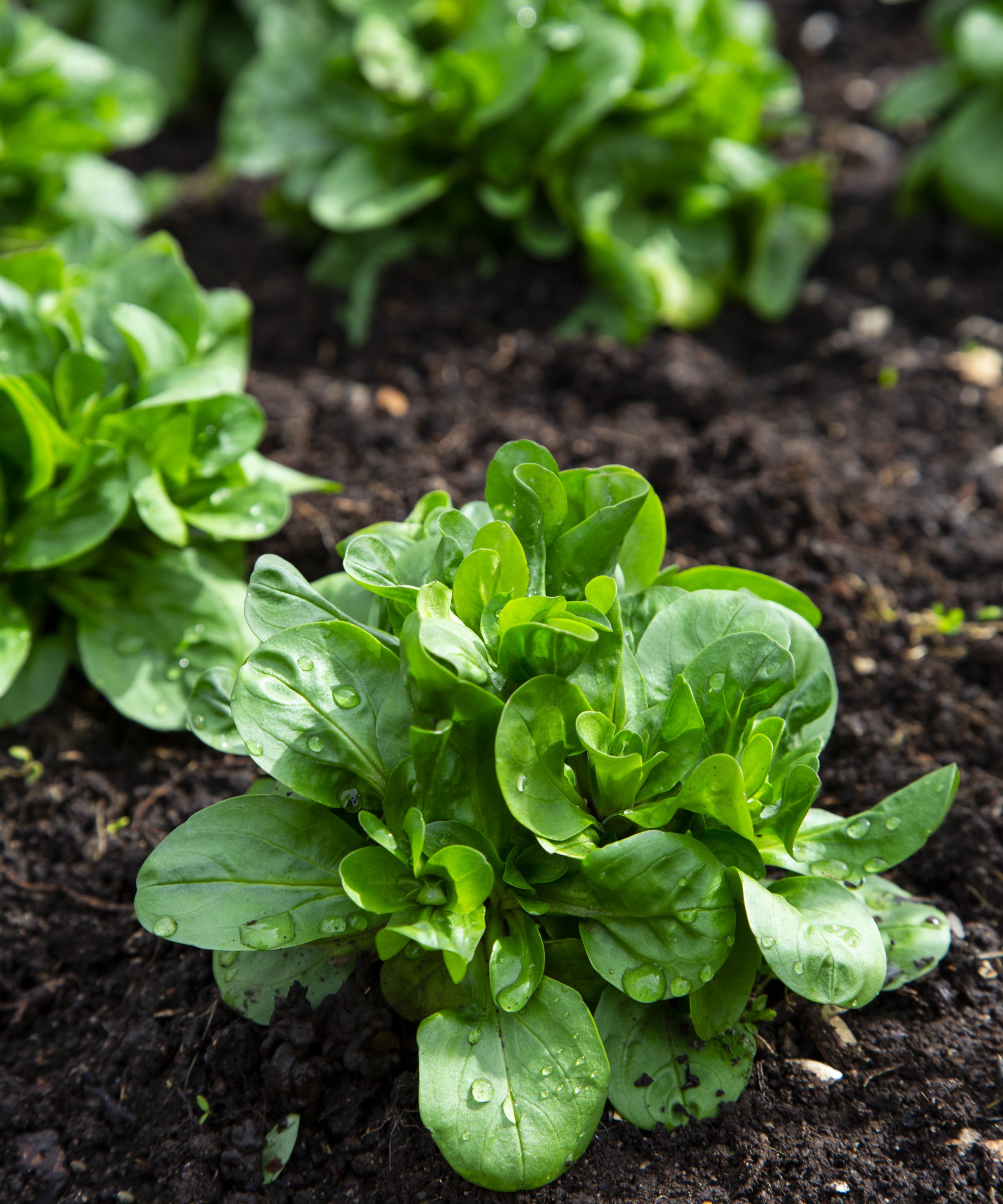
Growing salad leaves is a fantastic way to use a greenhouse in winter, however, some winter leaves are hardy enough to grow outside during the colder months. For example, corn salad, or lamb's lettuce, is a very hardy fast-growing vegetable that has a nutty flavor and can be grown both outdoors and undercover throughout winter.
The likes of winter purslane, mizuna, mibuna and komatsuna are also great vegetables to grow in a greenhouse in the fall, or a cold frame, to provide an array of flavors and textures to any winter salad.
Sow the seeds of winter salad crops indoors in module trays during July and transplant seedlings outside into the kitchen garden come late summer or early fall. Starting the crops indoors helps ensure good germination and reduces the risk of slugs eating seedlings.
Shop cold hardy leaves
3. Perpetual spinach
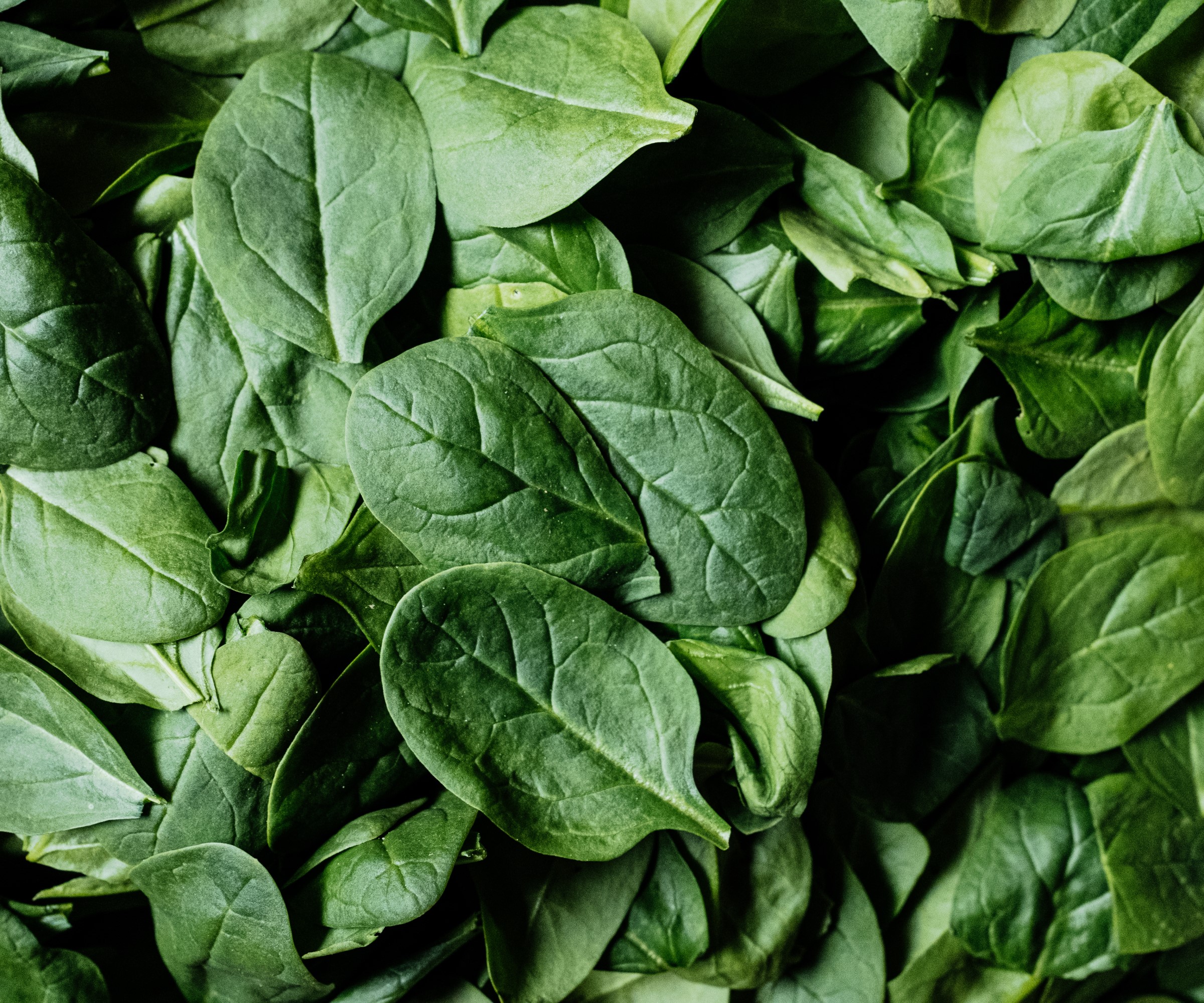
Perpetual spinach is also often referred to as spinach beet. It is a large and productive hardy leafy vegetable that can be grown year-round and provide bumper harvests - even throughout the colder winter months.
It is similar to spinach in terms of look and taste and can be harvested as a cut-and-come-again crop. The leaves are best harvested regularly as they are milder in flavor and the larger they get the more bitter the taste. The more often you pick the leaves, the more it encourages further growth.
This might be the crop for you if you are looking for a productive alternative to growing spinach that doesn’t bolt like regular spinach. It is a crop that provides a year-round spinach harvest and is ideal for a small vegetable garden or a vegetable container garden.
Perpetual spinach seeds can be sown either indoors or outdoors in July. Direct sowings are made in 1-inch deep drills spaced 12 inches apart. The seedlings want to be thinned to eight inches apart as they appear.
4. Winter radish
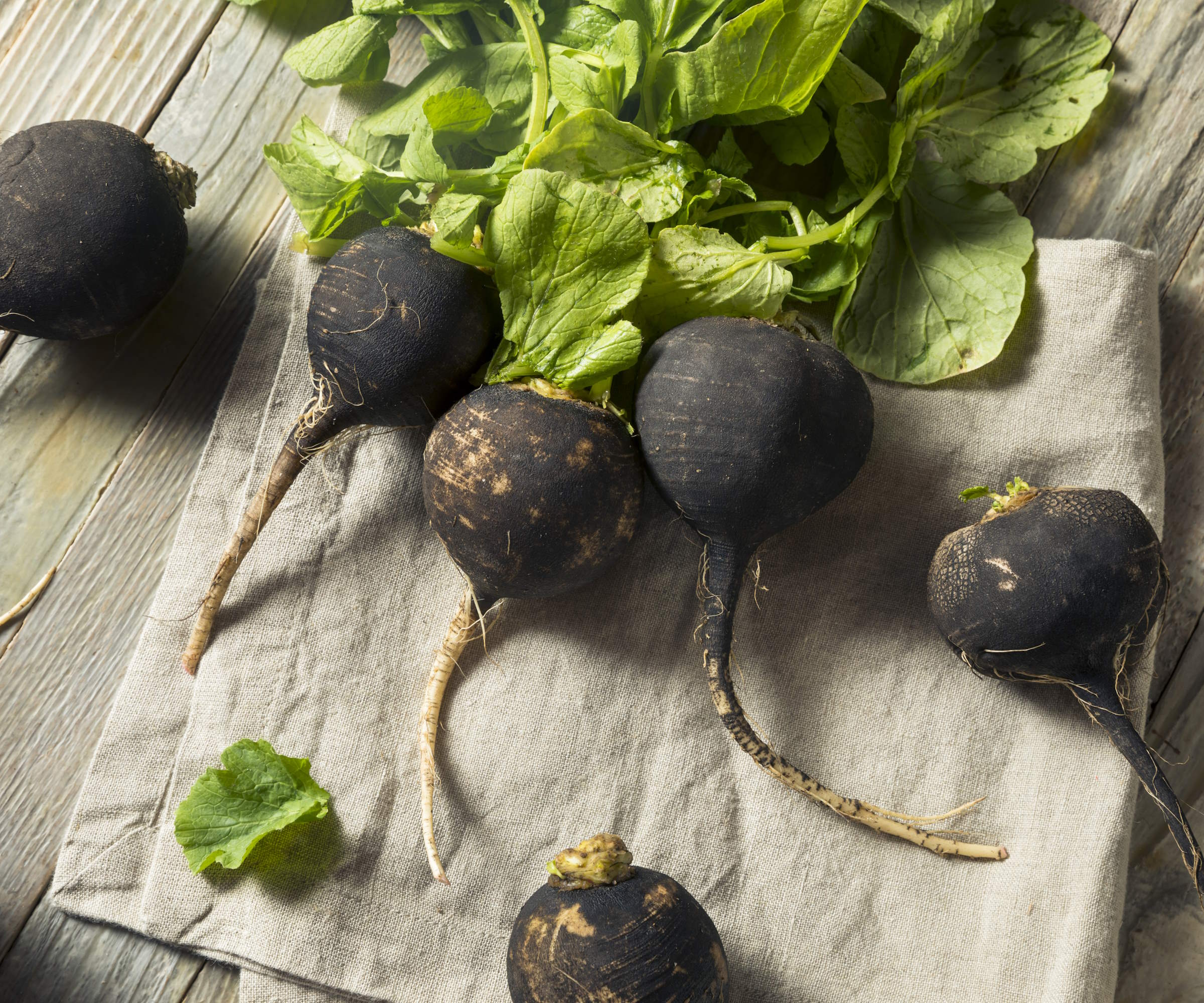
Mention radish and most people imagine the small, oval, red radishes that are common sights in summer salads. There are also winter radishes to grow that come in different shapes, sizes, and flavors and these are great vegetables for fall - and they are unfortunately very underrated.
The likes of daikon radish, also known as mooli, and black spanish round radishes are larger than summer radishes and with a milder flavor.
Seeds can be sown in July outdoors directly where they are to grow. Sow the seeds in drills half an inch deep and thin the seedlings to four inches apart when they develop. The ground wants to be kept moist, but not waterlogged.
Winter radishes grow quickly and can be ready in under 10 weeks from sowing. The roots can remain in the ground and protecting them with a cloche, or a covering of straw, can prevent the radishes from being damaged by frosts.
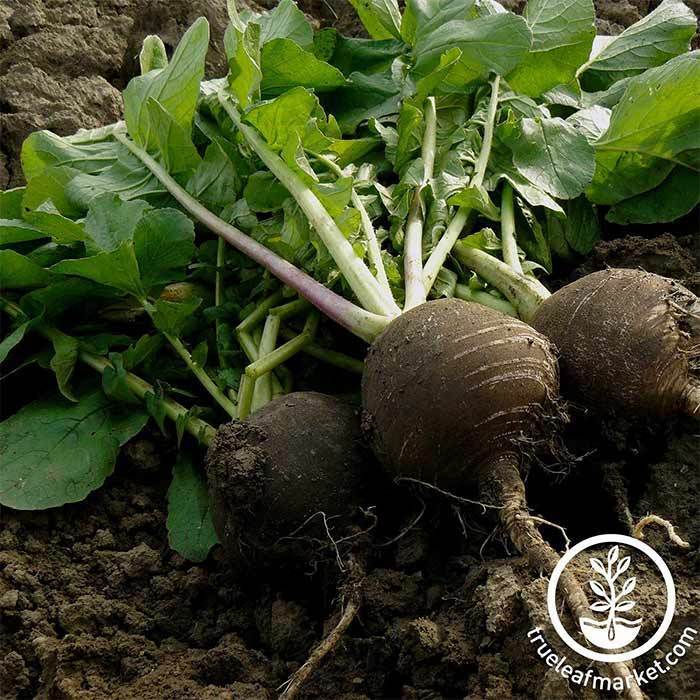
This winter radish is slower to mature than most regular radishes. In mild climates, they are traditionally grown over winter like Asian radishes.
5. Kale

Kale is a classic winter crop as the flavor of the leaves improves during the colder months when frosts turn starches in them into sugars for a sweeter taste. You can harvest kale throughout winter and into spring, removing leaves one by one as required for continual cropping.
No matter what type of kale you want to grow - whether green or red, with crinkly or flat leaves, on dwarf or tall plants, or even dino kale with its dark strap-like leaves - they can all be sown in July.
Sow seeds outdoors directly into their growing position in ground that has been weeded and raked level. Keep the ground moist to ensure good germination and consider protecting crops to avoid slugs eating the seedlings as they pop up.
Kale is also a great crop to grow in pots, with dwarf varieties best suited to containers. Buy young plants or sow seeds into the soil and place the pot in a sunny position in your garden to get a great winter crop of nutritious leaves.
Discover the range of kale seeds at Burpee
6. Turnips
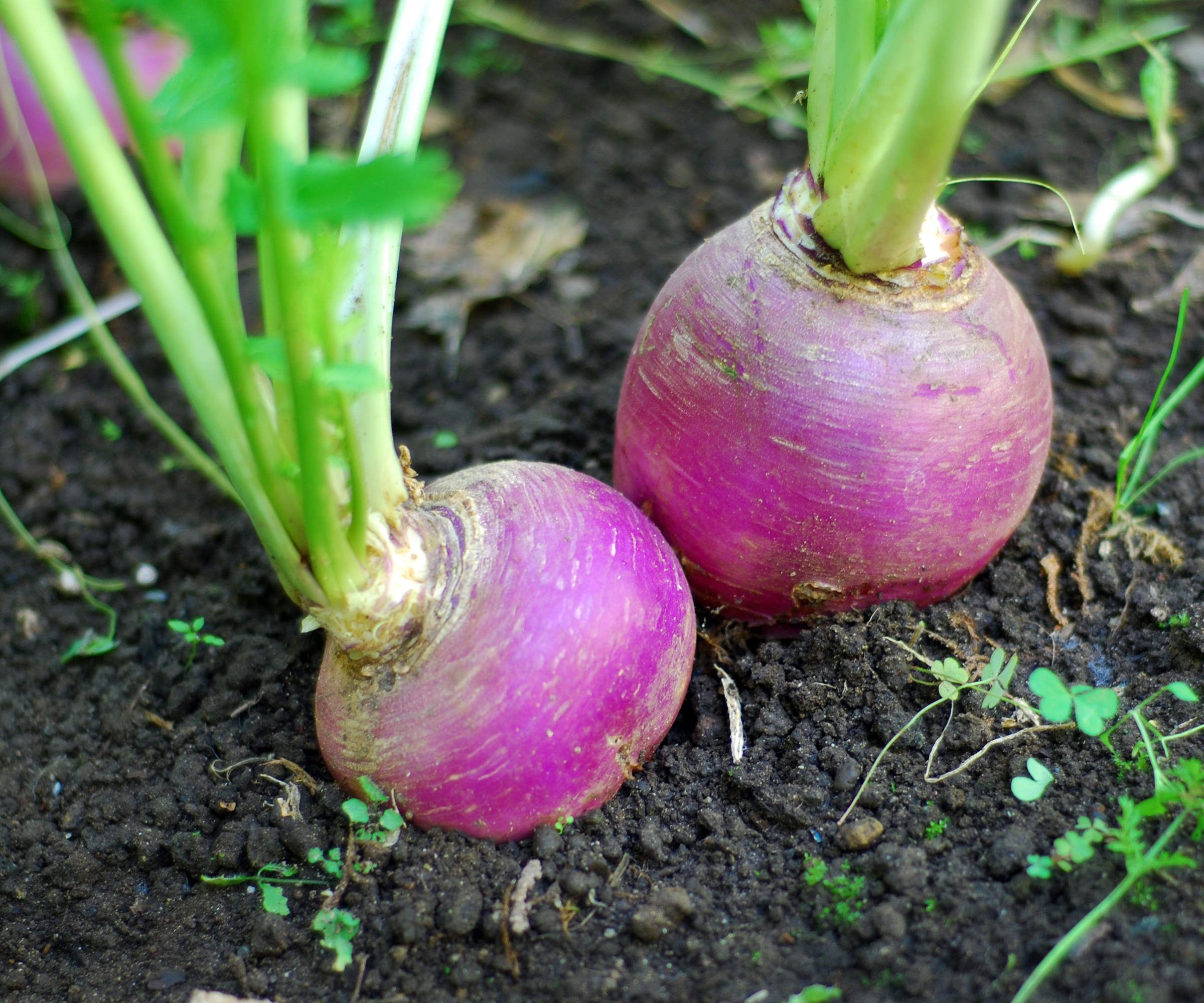
Turnips are a versatile brassica crop grown for their sweet and earthy roots that can be eaten raw or cooked.
Different varieties have white or yellow flesh, while turnips can be round or flat-shaped. Fast-growing turnips can be harvested within six weeks and are best used fresh from the garden, however, slower-maturing and larger varieties of turnips can be lifted and stored for winter.
Sow seeds outdoors in July in rows 10 inches apart and thin seedlings to four inches apart. Succession sowing of seeds can give you an extended harvest through fall and winter. The crop should mature in 10-12 weeks and hardier varieties can be left in the garden into winter in most climates.
Protecting roots with horticultural fleece or a covering of straw can protect roots from severe frosts when overwintering vegetables. Or the roots can be lifted and stored indoors in boxes.
Rutabaga is a similar crop to turnips that can also be sown early in July to be harvested and stored in winter.
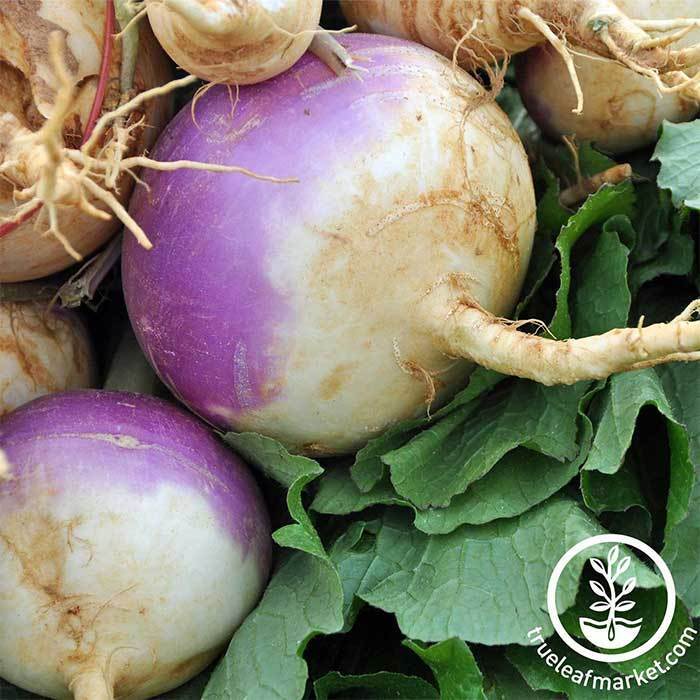
Purple Top White Globe Turnip seeds grow into cool-season root vegetables. Ready to harvest in about 50 days when bright purple roots begin to show, but always taste best if harvested after a light frost or two.
7. Swiss chard
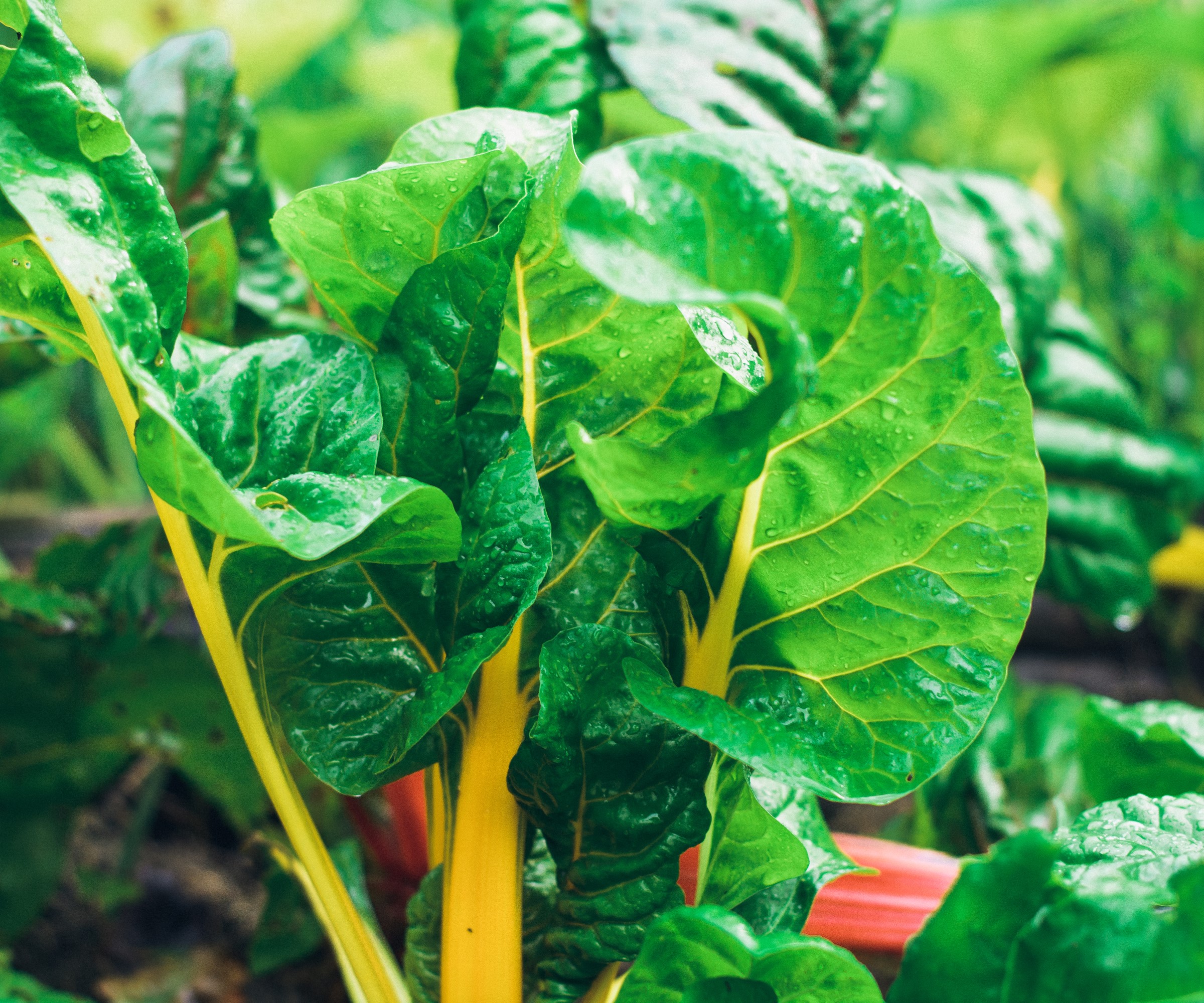
Swiss chard is an easy vegetable to grow and a hugely productive crop that can even be harvested through the colder months. When planning a seed sowing schedule for the year, two sowings a year of Swiss chard can give you year-round harvests.
Winter harvests can come courtesy of a sowing in July, which can be done outdoors or indoors - depending on your preference. Planting Swiss chard seeds indoors does give you more control and plants should be ready to go outdoors 4-6 weeks after sowing.
Harvest Swiss chard by taking individual leaves as and when required. Taking the larger outer leaves means the plants continue producing new ones - and never take too many leaves at a time.
Chard is a hardy plant that will continue to produce leaves in milder climates through winter. If you sowed chard in spring, those plants can be past their best in winter but summer-sown ones can take their place and give you leaves to pick.
Covering plants with cloches can protect plants from the elements and stop leaves from going tatty.
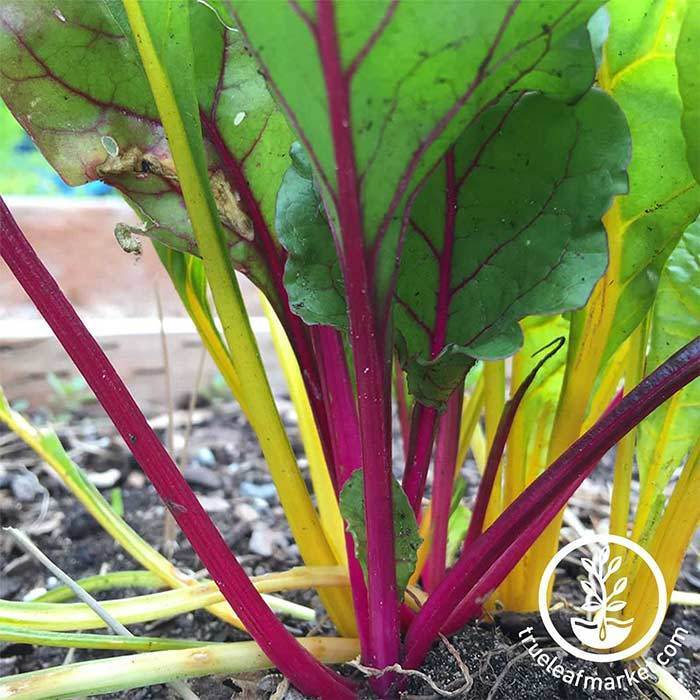
The Rainbow Mixture Swiss Chard seed mix is a blend of different colored Swiss chard varieties, includes red, yellow, orange, white, and vivid pink stems that merge into dark green savoyed leaves.
FAQs
Can I sow carrots in July?
You can still plant carrots in July, but the window to sow is quickly closing and this will be the last opportunity. If you plan to grow carrots from a July sowing, pick faster-maturing varieties to ensure sufficient time to get a good crop. Varieties ideal for sowing this month include ‘Nantes’, ‘Amsterdam Forcing’, and round carrot types such as ‘Paris Market Round’.
Can I still sow peas in July?
You can still get a harvest of peas by sowing in the first half of July. Growing pea varieties that develop quickly means a crop in early fall. Sow seeds directly into the ground, between one and two inches deep, and give plants a vegetable garden trellis to climb. Thin out weaker seedlings as they develop to around four inches apart.
Can I still sow parsnips in July?
Parsnips have a long growing season to develop good-sized roots to harvest. To grow parsnips, sow them in early to mid-spring to give them at least four months to go from sowing to harvesting.
Sowing and planting vegetables in summer means great harvests later in the year, it is very beneficial to sow throughout the year to give you an extended season of homegrown crops. Taking advantage of tasty hardy vegetables that can overwinter in the vegetable garden rewards you with harvests during the leaner periods - and there are some great crops to choose from.
Sign up to the Homes & Gardens newsletter
Design expertise in your inbox – from inspiring decorating ideas and beautiful celebrity homes to practical gardening advice and shopping round-ups.

Drew’s passion for gardening started with growing vegetables and salad in raised beds in a small urban terrace garden. He has worked as a professional gardener in historic gardens and specialises in growing vegetables, fruit, herbs, and cut flowers as a kitchen gardener. That passion for growing extends to being an allotmenteer, garden blogger, and producing how-to gardening guides for websites. Drew was shortlisted for the New Talent of the Year award at the 2023 Garden Media Guild Awards.
-
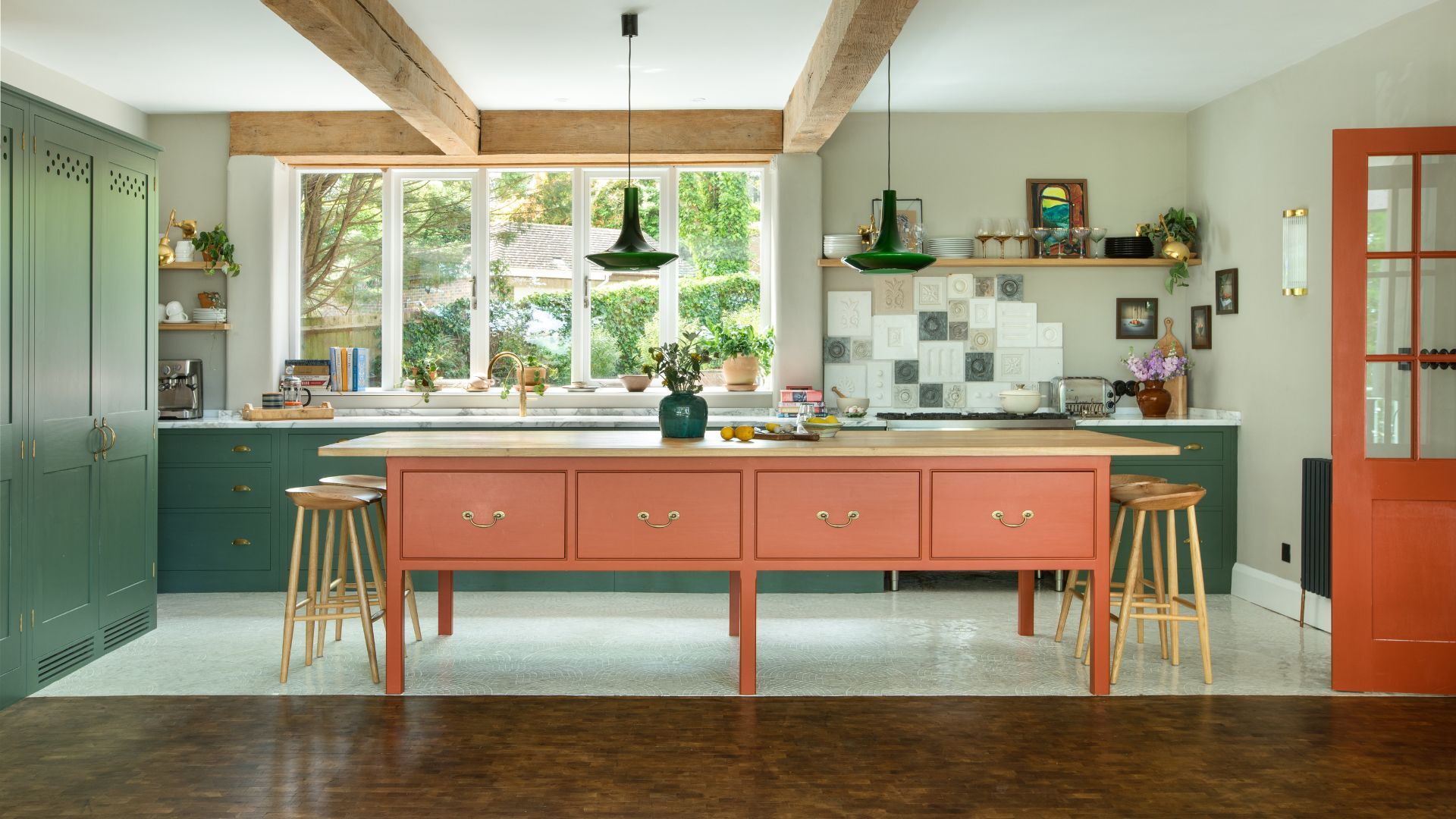 Orange and green is the bold color pairing quietly transforming homes in 2025 – here's 4 reasons why
Orange and green is the bold color pairing quietly transforming homes in 2025 – here's 4 reasons whyInterior designers are making the orange and green combination work wonders – this is how you can too
By Sophia Pouget de St Victor Published
-
 This Michelle-Pfeiffer-approved chair is made of a forebodingly unusual material, opening the debate: Is it a rustic stunner, or a danger to sitters?
This Michelle-Pfeiffer-approved chair is made of a forebodingly unusual material, opening the debate: Is it a rustic stunner, or a danger to sitters?The actress took to Instagram with a chair made of a controversially sharp material – and fans are unsure of how they feel about it
By Sophie Edwards Published
-
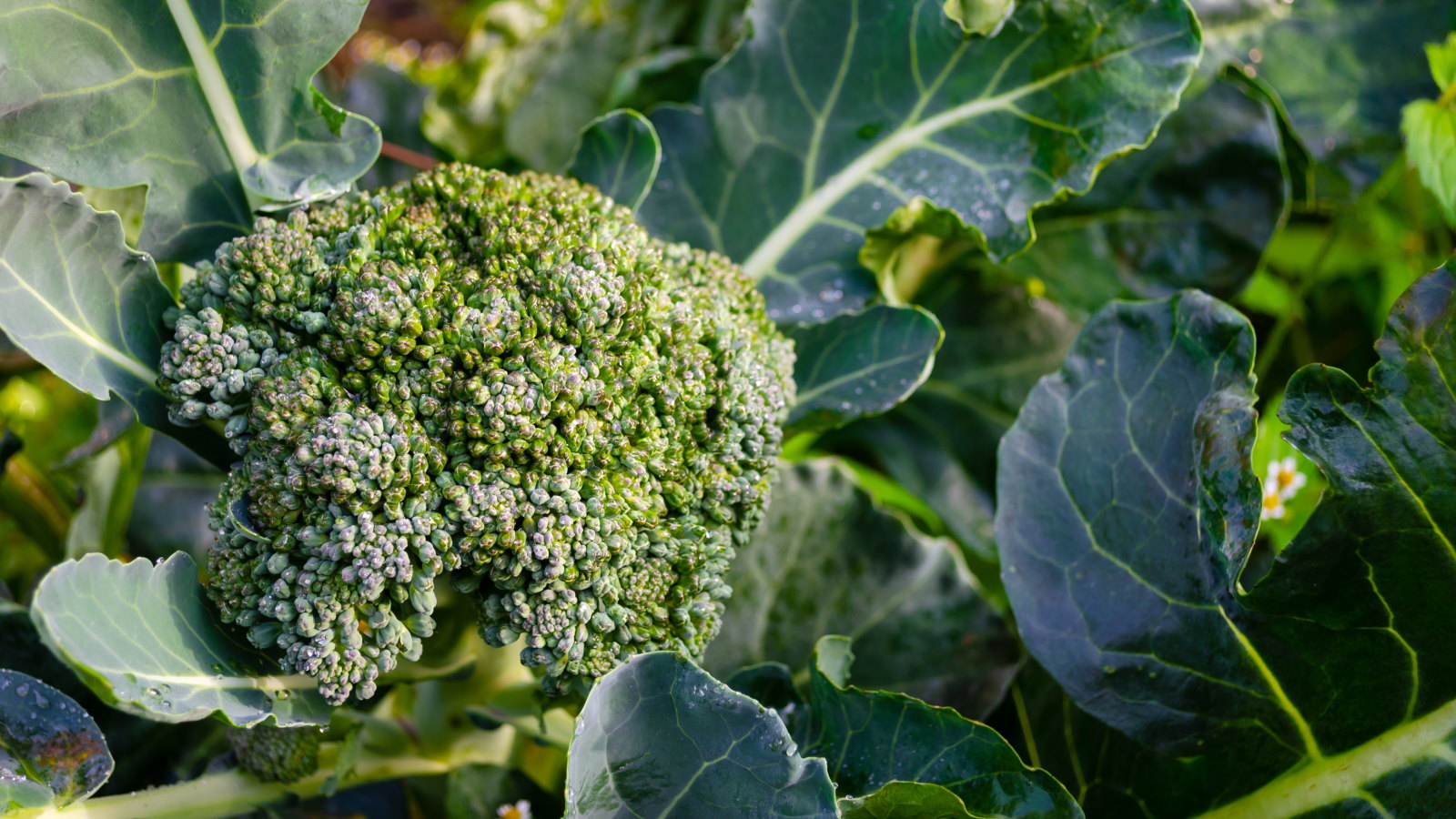 These 5 plants can help you get the best, and potentially tastiest, broccoli ever – discover what to plant with broccoli, and what to avoid
These 5 plants can help you get the best, and potentially tastiest, broccoli ever – discover what to plant with broccoli, and what to avoidOur selection of vegetables, herbs, and flowers is perfect for companion planting with broccoli
By Drew Swainston Published
-
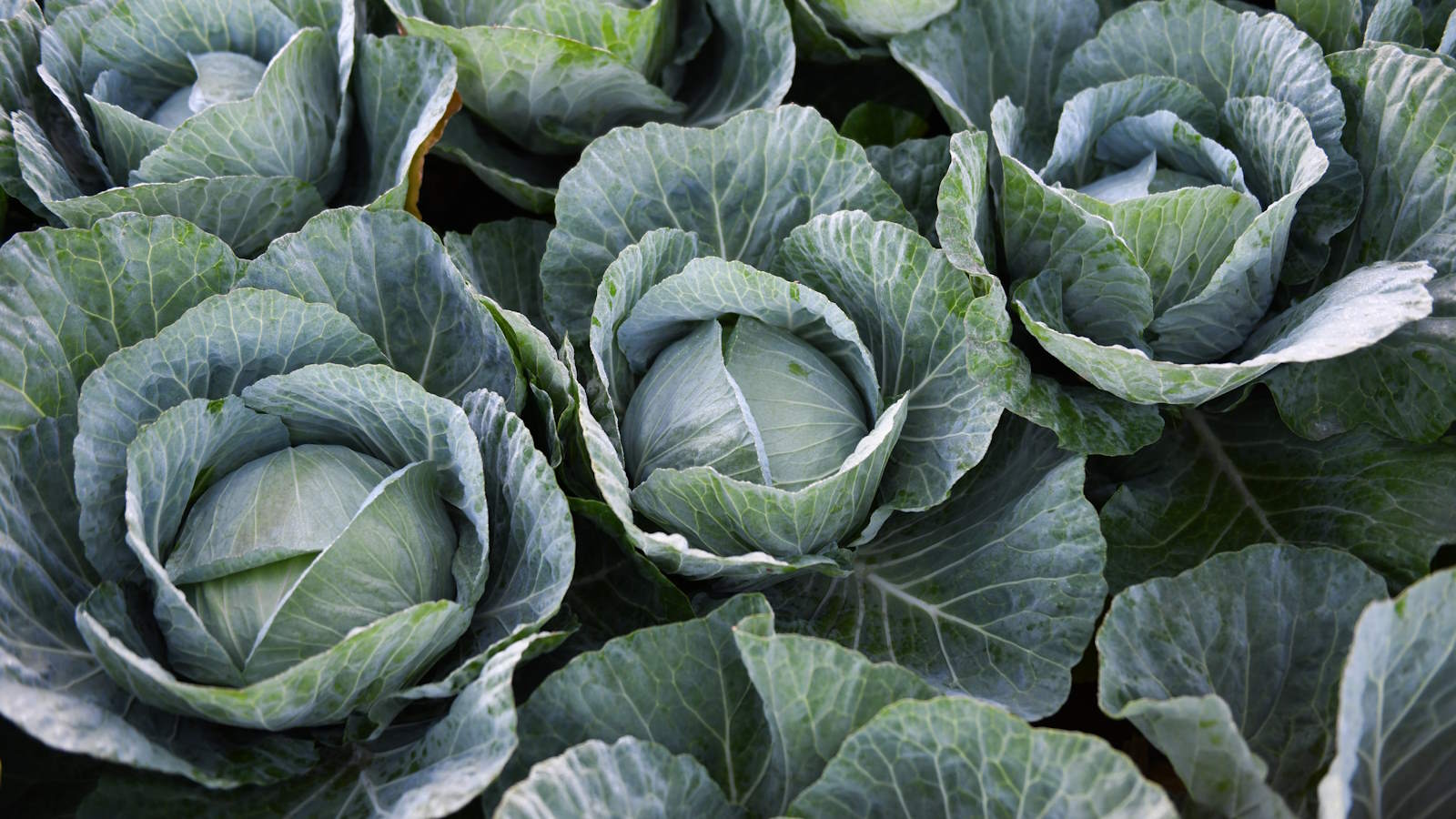 How to grow cabbages in containers – expert tips for top harvests in small urban spaces
How to grow cabbages in containers – expert tips for top harvests in small urban spacesYou can grow lots of different cabbages in pots, troughs, grow bags, or buckets
By Drew Swainston Published
-
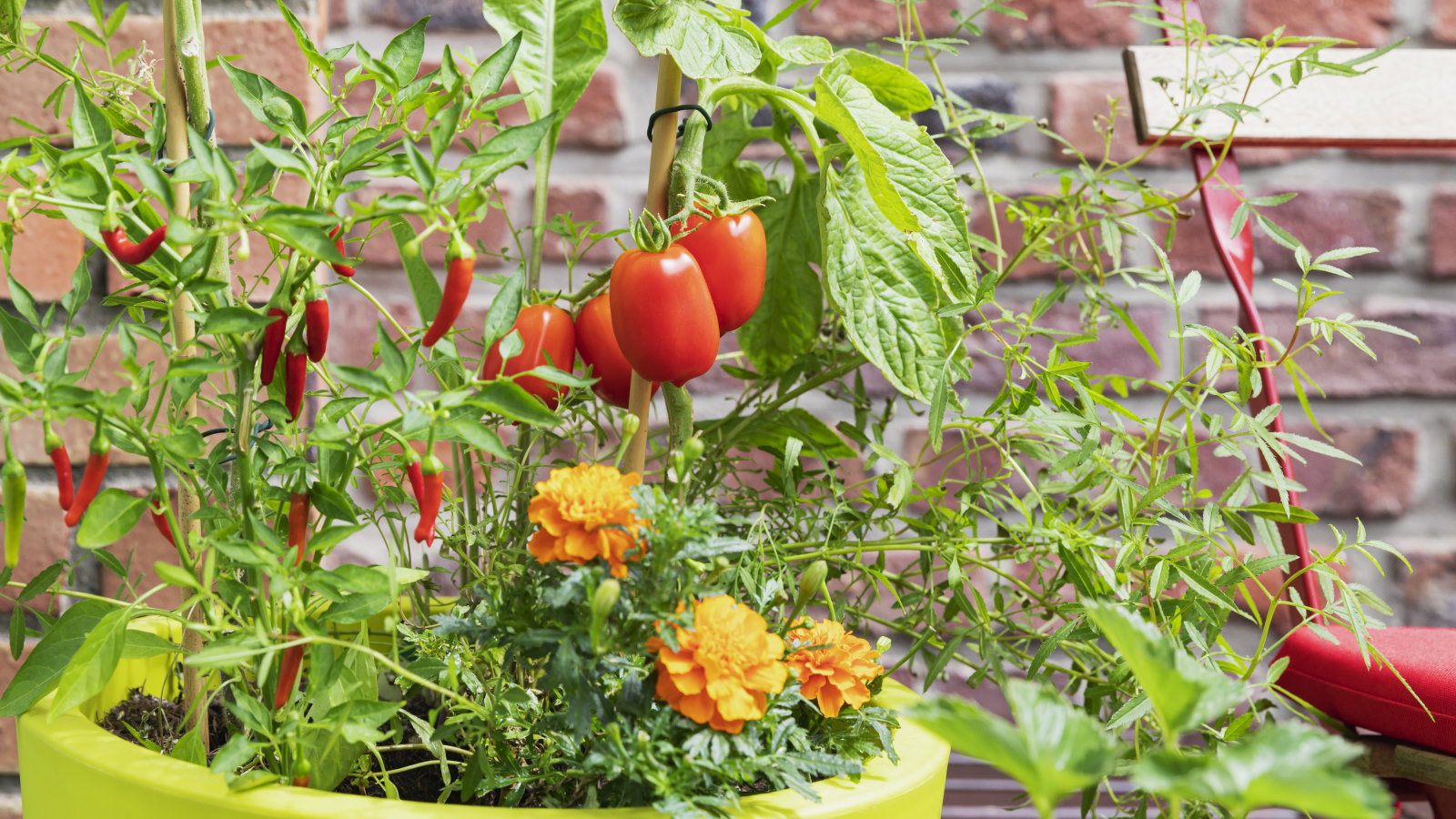 You'll get the best homegrown tomato crops if you plant them next to this one flower – discover why these two are a dream combination
You'll get the best homegrown tomato crops if you plant them next to this one flower – discover why these two are a dream combinationYour tomato plants will be pest-free and covered in fruits
By Drew Swainston Published
-
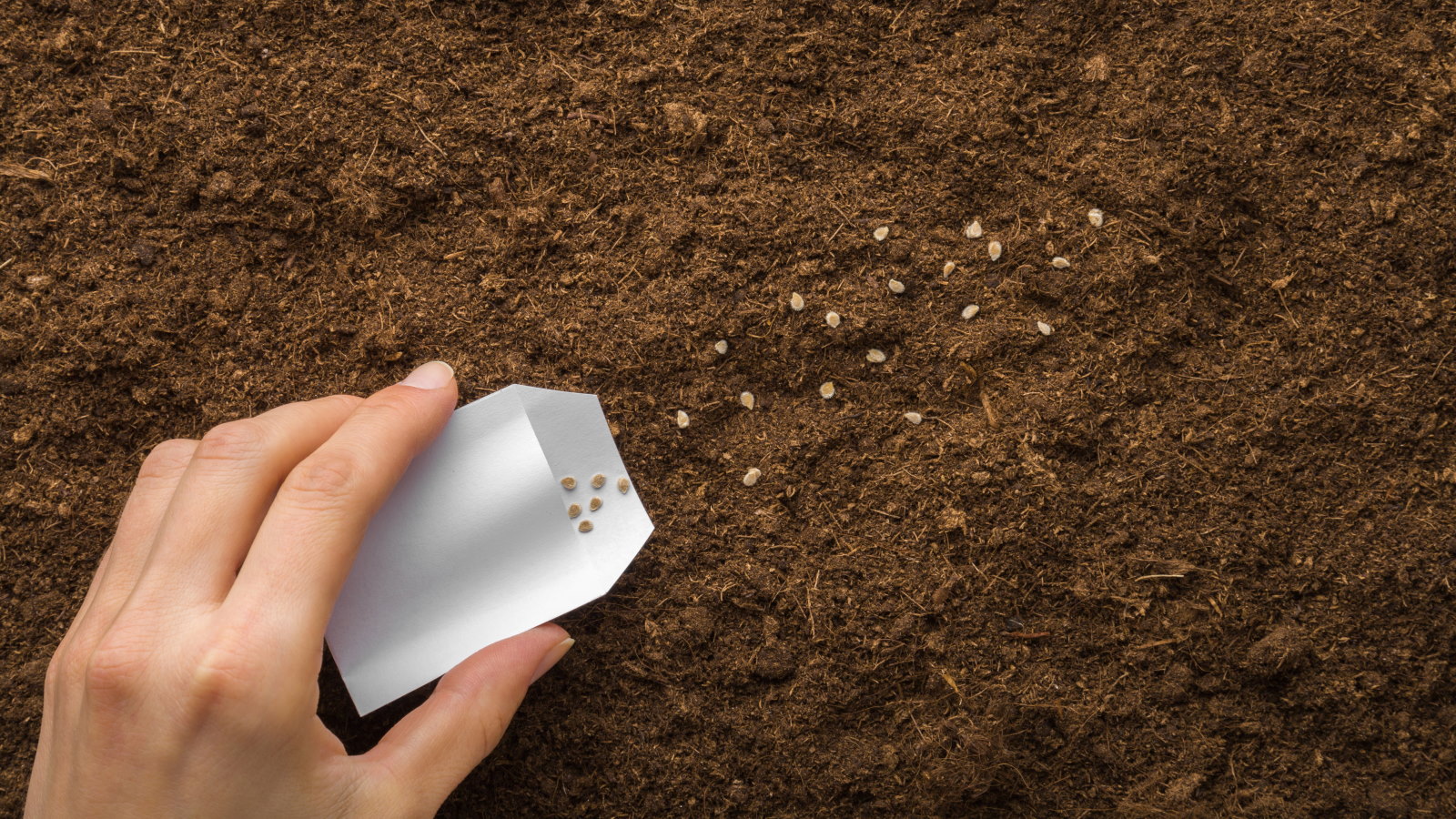 Direct sowing vs transplanting – our grow-your-own expert advises which is best, and shares 5 veggies you should always sow directly
Direct sowing vs transplanting – our grow-your-own expert advises which is best, and shares 5 veggies you should always sow directlyBoth approaches to sowing vegetables have pros and cons
By Drew Swainston Published
-
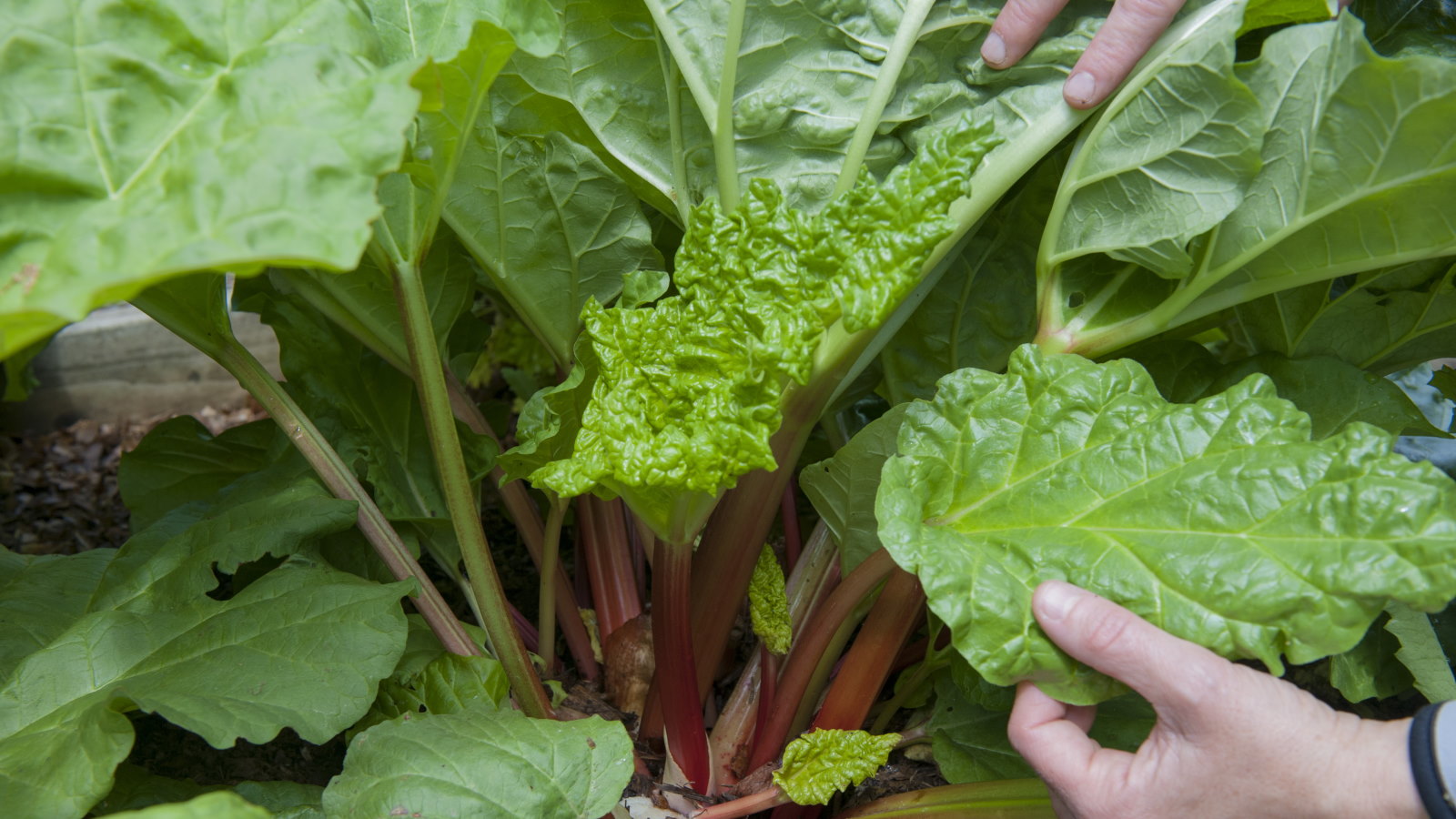 I grew rhubarb from seed for years – here’s exactly how to do it for guaranteed germination and healthy crops of fruit
I grew rhubarb from seed for years – here’s exactly how to do it for guaranteed germination and healthy crops of fruitGrowing rhubarb from seed is a cost-effective way to propagate plants, but it requires care and patience
By Drew Swainston Published
-
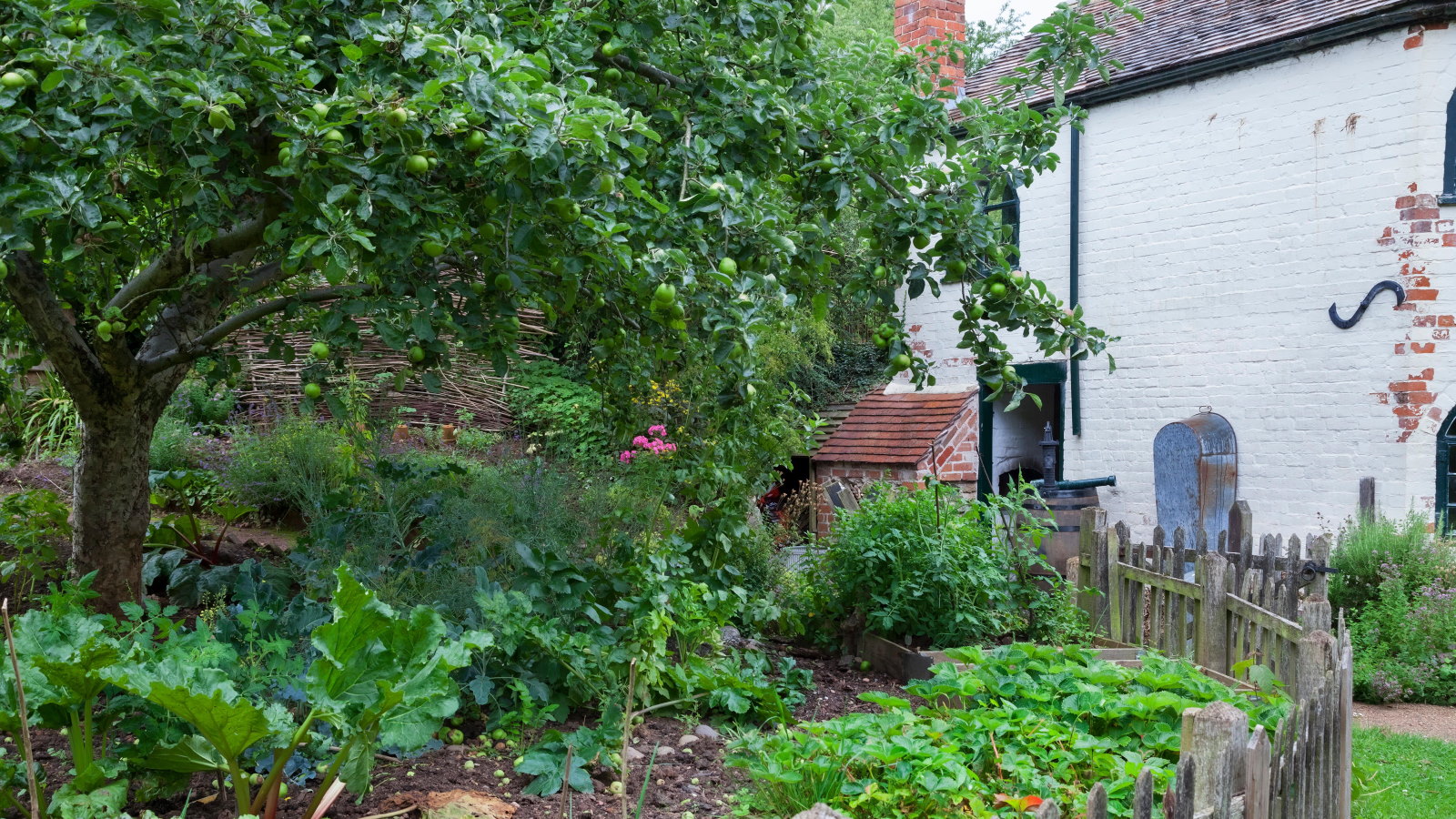 4 reasons you should plant trees in a vegetable garden – plus experts reveal the secrets to help you reap the rewards
4 reasons you should plant trees in a vegetable garden – plus experts reveal the secrets to help you reap the rewardsSee how agroforestry principles can help boost your soil and harvests
By Drew Swainston Published
-
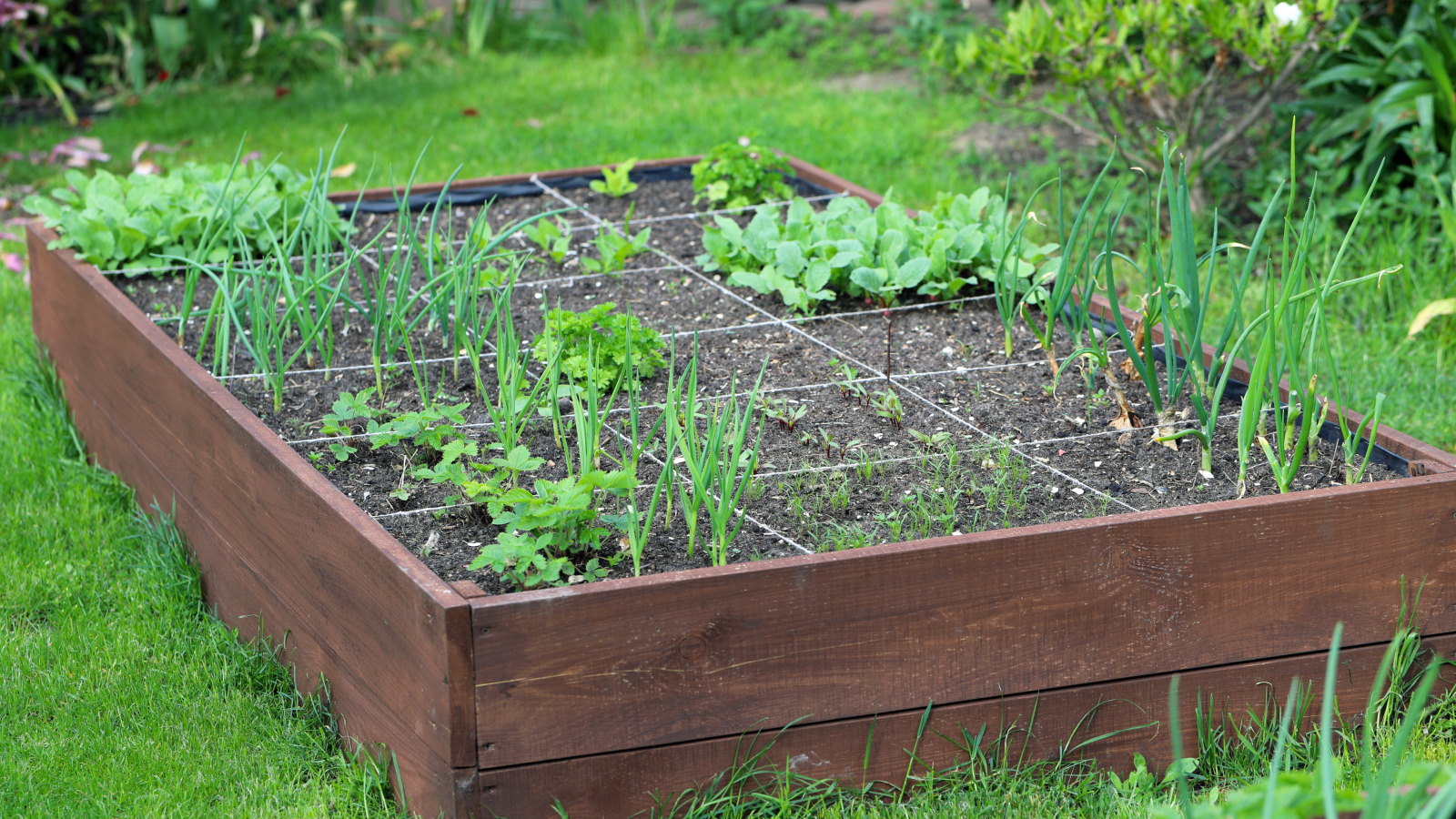 9 of the best vegetables to grow using the square foot gardening method – for big harvests in small spaces
9 of the best vegetables to grow using the square foot gardening method – for big harvests in small spacesPlus how many of each vegetable can be grown per square foot
By Drew Swainston Published
-
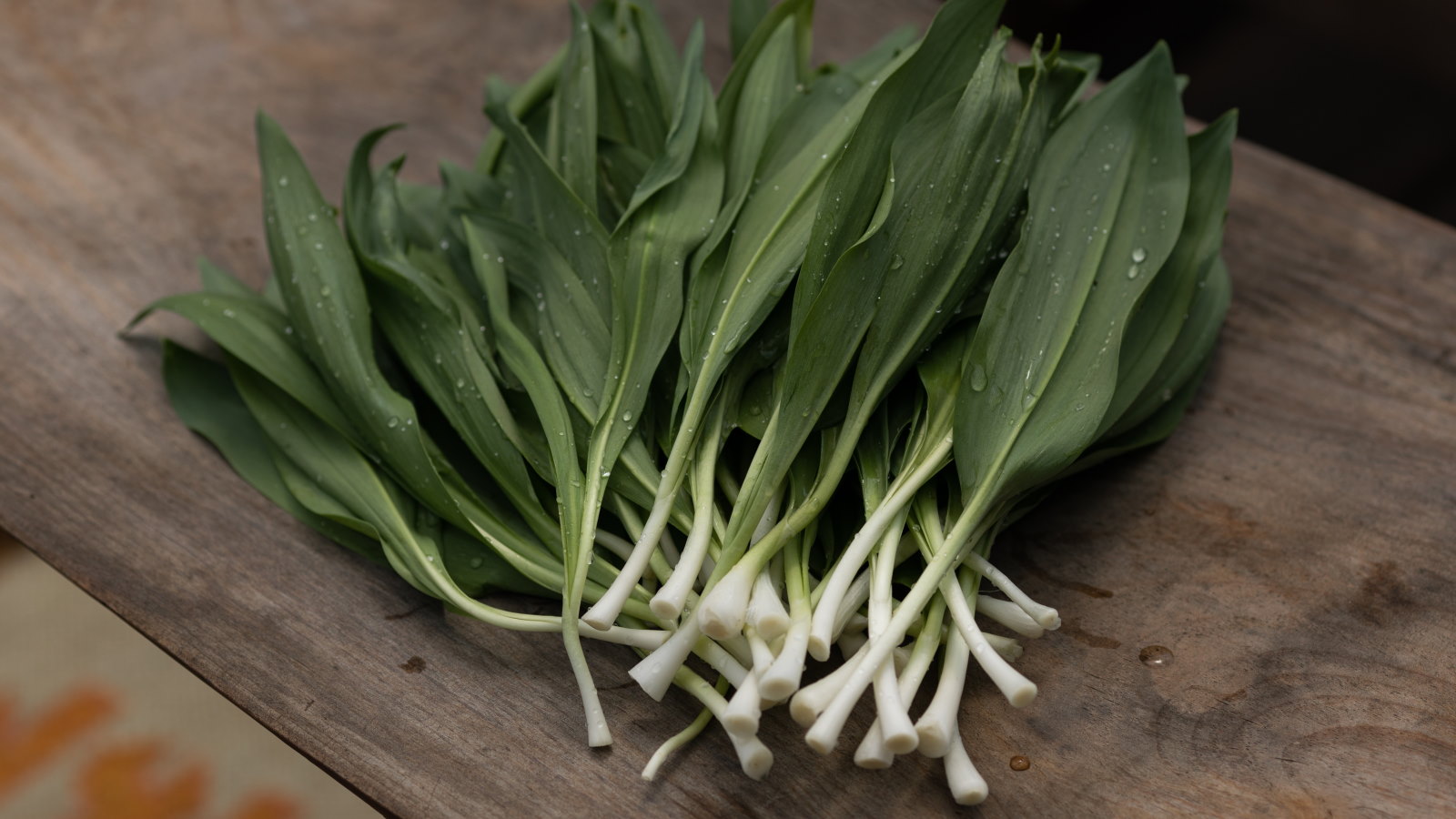 Ramps are highly prized spring harvests for chefs – discover how to grow your own at home from bulbs or seeds to have rich pickings for years to come
Ramps are highly prized spring harvests for chefs – discover how to grow your own at home from bulbs or seeds to have rich pickings for years to comeGrowing ramps, or wild leeks, does require patience, but the rewards are worth the wait
By Drew Swainston Published
